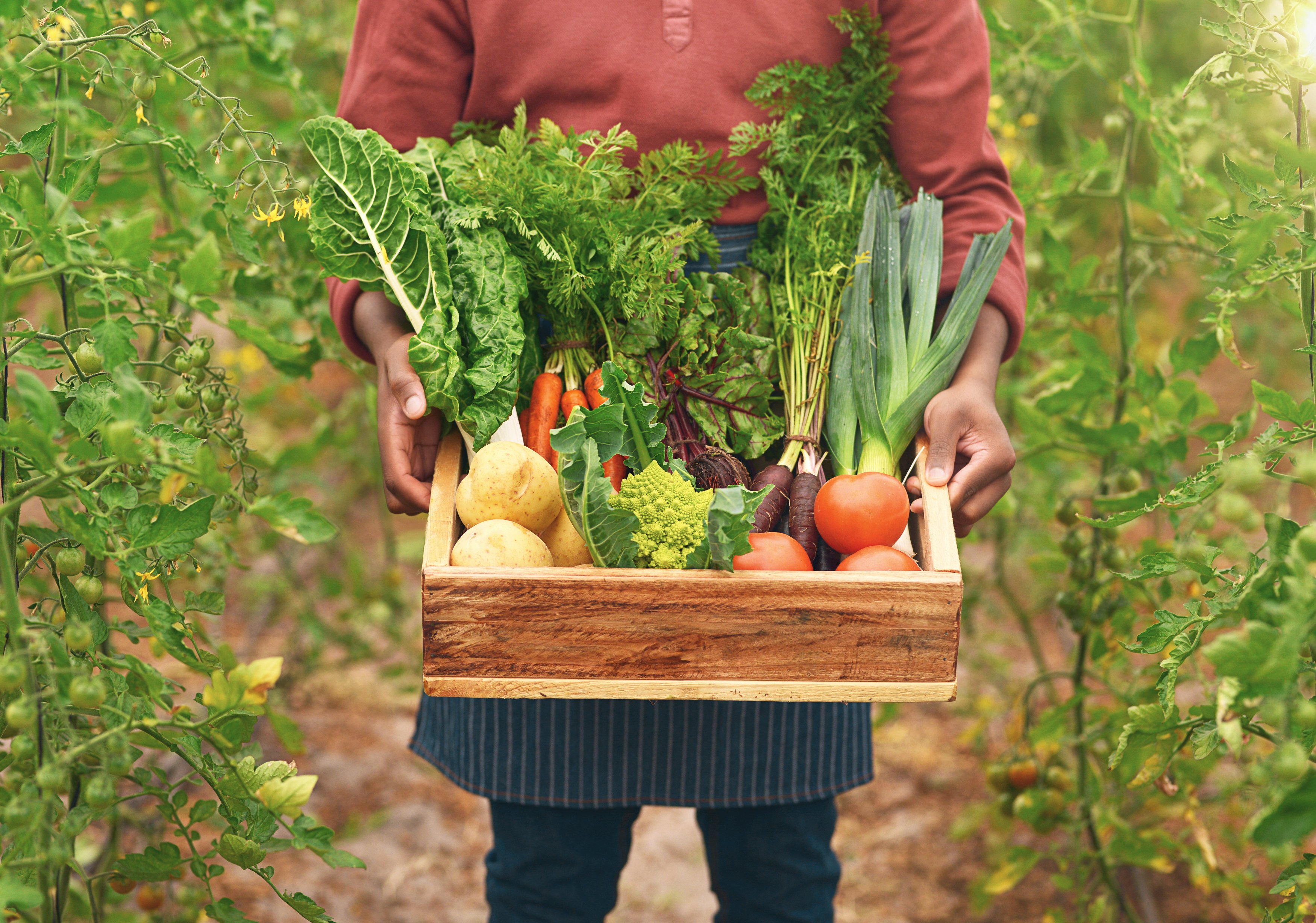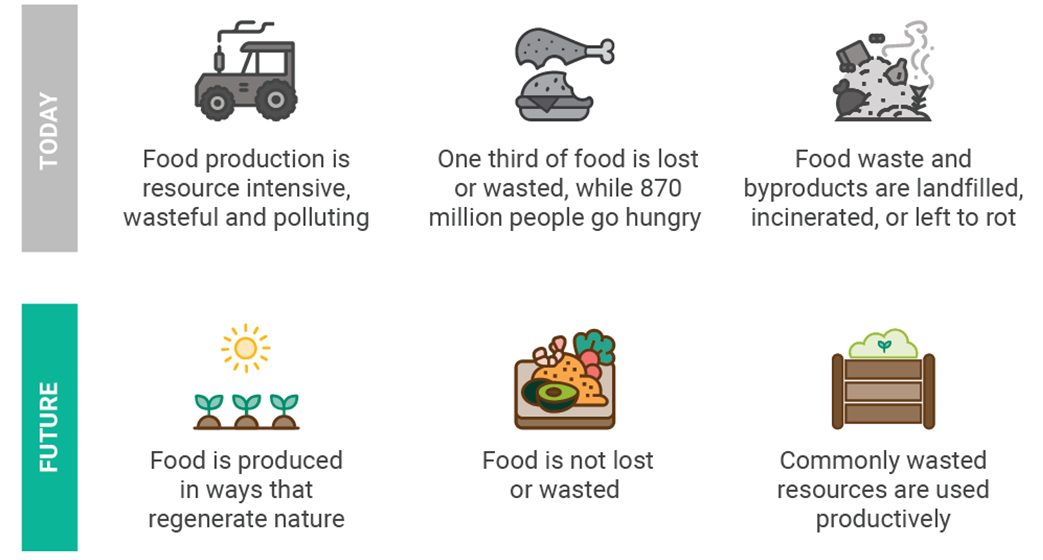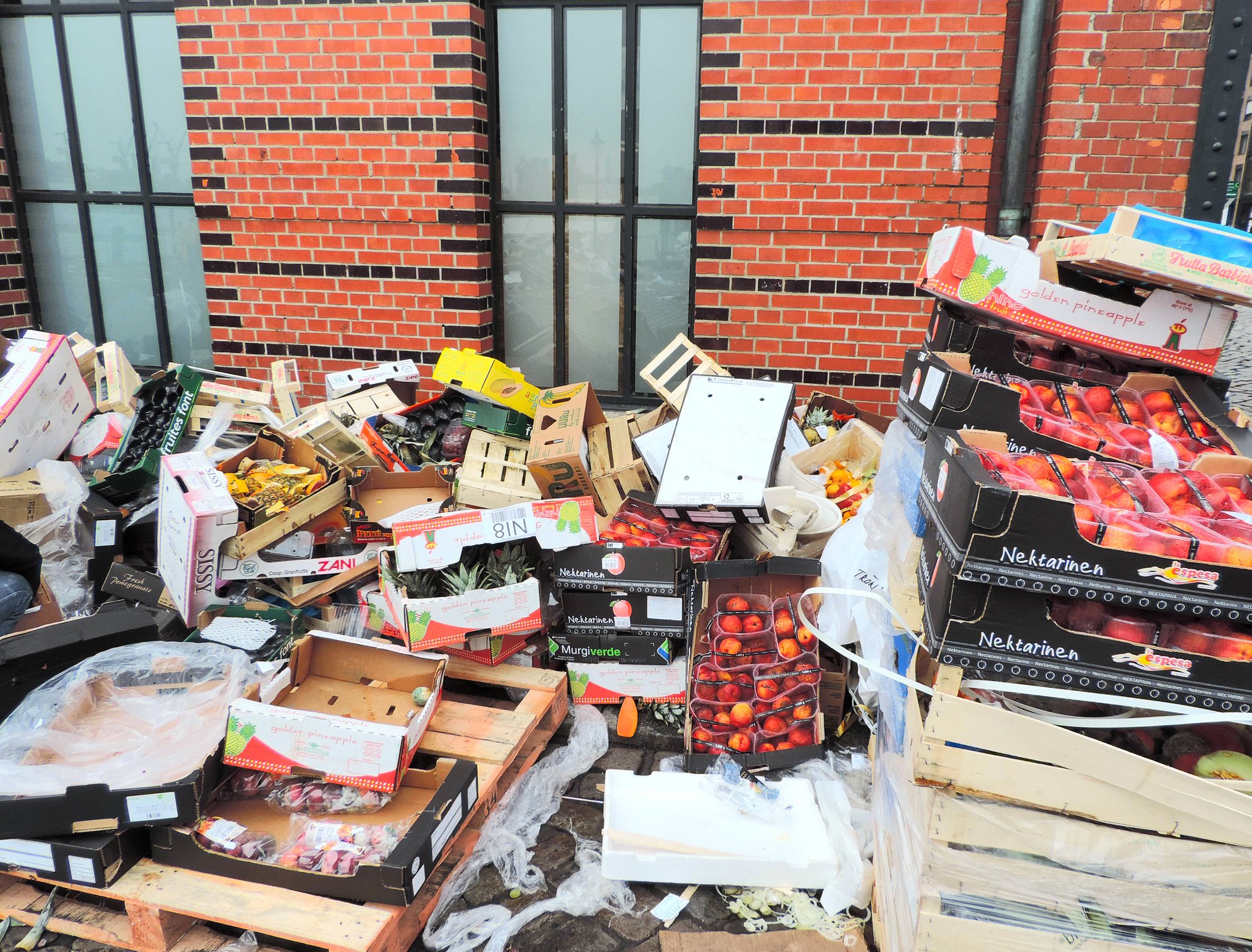The global food system is in need of transformation. Our current economic system is based on linear principles of extracting natural resources, using them up, and wasting huge amounts of nutrients and materials.
According to the United Nations, “roughly one-third of the food produced in the world for human consumption gets lost or wasted,” yearly. If we were to save just one-fourth of that lost or wasted food, the United Nations estimates it would be enough to feed 870 million hungry people.
We need to build a sustainable global food system where the growing, eating, and disposal of food creates net benefits for the economy, people, and the environment. One path forward is to accelerate and scale circular economy strategies.
By transitioning to a circular economy for food, we can reduce food waste and pollution, keep food products and materials in use, and produce foods in ways that regenerate nature.
How Companies Will Benefit from the Transition to a Circular Economy for Food
According to the World Business Council for Sustainable Development, the transition to a circular bioeconomy represents a $7.7 trillion opportunity. Leading companies across the food system stand to benefit. By sourcing from regenerative farms, food brands and retailers can experience cost savings and efficiency gains from more resilient and sustainable supply chains. Retailers, restaurants, and foodservice companies can see an average of a 14X return on investment in preventing food loss and waste.
Food and beverage manufacturers can generate new revenue streams by transforming waste streams into valuable products for new markets. And all will benefit from new, collaborative solutions to take on wicked challenges—such as climate change, water scarcity, soil erosion, food waste, and plastic pollution—that plague today’s food system.
For over a year, we have worked with over 200 circular economy experts from 100 businesses, governments, and civil society organizations in the Platform for Accelerating the Circular Economy (PACE) community to coauthor the Circular Economy Action Agenda. The Action Agenda for Food advances specific actions that businesses, governments, and NGOs can take today to move toward a more sustainable food future tomorrow.
8 Actions Companies Can Take to Activate the Circular Economy for Food
In the Circular Economy Action Agenda for Food, we identified 8 key actions that food-related companies can take today to lead on the transition to a more sustainable food system.
1. Design Consumer Choice Environments that aid the Shift to Plant-Based, Nature-Regenerative Diets
Our food supply is highly dependent on consumer demand, which trends toward relatively resource-inefficient and nutritionally lacking food products in today’s global market. Companies can help consumers make healthier, more environmentally friendly choices by capitalizing on recent advances in behavioral science. WRI’s Better Buying Lab and Cool Food Pledge are using the latest in science to help shift consumer demand.
Drawing on these examples, food retailers and foodservice companies can design consumer choice environments—i.e., grocery store displays and online food shopping platforms—to subtly nudge the buying public toward a more plant-based, nature-regenerative diet.
2. Partner with Donors to Take Farmer-Centric Approaches to Regenerative Agriculture Transitions
Regenerative agricultural practices protect the climate, biodiversity, soil, and water while reducing farmer input costs and diversifying revenue streams. Further, the World Economic Forum estimates a $1.4 trillion business opportunity globally for productive and regenerative agriculture, resulting in 62 million jobs by 2030. Food brands can play a huge role in helping farmers in their supply chains scale regenerative agriculture. But for these efforts to meet their full potential, companies must work with farmers as key collaborators. This is a significant opportunity for companies to partner with donors and civil society: Through cross-sector partnerships, companies can help smallholder farmers access the training, appropriate finance, farm inputs, and technical assistance they need to invest in and scale regenerative agriculture.
3. Partner with Other Companies to Develop a “Bundle of Buyers” Approach
Food brands can play a pivotal and powerful role by coming together—in a pre-competitive space—to advance a sustainable food system. For many farmers and producers, the financial incentives to improve their production methods are not equal to the risks, especially if they are selling different crops across multiple supply chains. Most sustainability standards are crop/product specific and don’t consider farms as a system. Off-takers can work through pre-competitive collaboration to harmonize sustainability requirements, reduce the reporting/auditing burden, and increase the value of support to farmers in shared supply chains.
4. Map, Target, and Act on Food Loss and Waste
Today, we have very little data on food loss and waste hotspots, and companies can play a big part in mapping where food gets lost from the field to the fridge. Recently, Champions 12.3, a coalition of leading governments, businesses, and civil society committed to dramatically reducing food waste, announced that nearly 200 major suppliers committed to rooting out food loss and waste from their supply chains. Each supplier has committed to a 50% reduction target within their operations, and each will measure and publish their food loss and waste inventories, which will guide their actions toward lowering food loss. Other food brands and retailers have the opportunity to set similar targets with their suppliers and producers.
5. Accelerate Key UN Sustainable Development Goals by Integrating Food Loss and Waste into Broader Sustainability Initiatives
Most companies have set ambitious sustainability goals connected to the United Nation’s 17 Sustainable Development Goals (SDGs) to be reached by 2030. While reducing food loss and waste is explicitly included in the SDGs (see SDG 12.3 responsible consumption and production), it also plays a pivotal role in helping companies achieve other SDGs like climate action (SDG 13), zero hunger (SDG 2), and promoting sustainable ecosystems and halting biodiversity loss (SDG 15). As companies develop strategies to make progress toward these SDGs, it’s wise to incorporate food loss and waste, which can help move the needle faster and further in multiple directions.
6. Work with Financial Institutions to Develop Blended Finance Structures to Increase Investment in Food Loss and Waste Reduction Strategies
For many companies, food loss and waste costs frequently remain hidden across their value chains and rarely factor into economic decision-making. In a recent study for Champions 12.3, researchers found that for every $1 that businesses invest in reducing food waste, they save on average $14 in operations. A 14:1 return on investment is significant. The report found that companies invested in:
“Quantifying and monitoring food loss and waste, training staff on practices to reduce waste, changing food storage and handling processes, changing packaging to extend shelf-life, changing date labels, and other staff and technology investments.”
Naturally, such investments cost upfront capital, so to overcome any financial limitations, companies should consider partnering with financial institutions to develop blended finance structures and innovative financing mechanisms to (a) prove the investment case for waste reduction and (b) spur financing toward food waste reduction strategies.
7. Crowd-Source and Showcase Innovative Business Models and Solutions that Repurpose Wasted Materials
To design waste and pollution out of the food system, we have to creatively identify new, productive ways to use often-wasted materials. Companies can help by sponsoring open innovation competitions that crowdsource new business models, technologies, and approaches to reframe waste. Already, many leading companies use open innovation to crowd-in fresh ideas and solutions for complex sustainability issues. This is one more critical avenue for open innovation. A couple relevant company examples include the POM Wonderful Innovation Challenge and AB InBev’s Waste to Wellbeing Challenge.
Next, companies can bring positive attention to innovative byproduct business models, thereby encouraging more innovation and new product and market development. For instance, one promising example is in the brewing industry where spent grains are being repurposed for everything from fish feed to dog treats to ingredients for meat alternatives. By showcasing and highlighting such innovations, trusted companies and brands can help alleviate the stigma attached to waste and encourage consumers to use and purchase products made from discarded materials. This will facilitate secondary market development and access.
8. Partner with International Donors and Innovators to Develop and Demonstrate Waste-to-Value Systems and Close Nutrient Loops
Most cities recycle only 2% of nutrients in organic waste streams. There is a large opportunity to increase the circularity of the food system by moving from a “farm to fork” to a “farm to farm” mindset. Recycling nutrients from human and animal waste locally helps to increase soil health, reduce environmental damage, and increase system health and resilience.
Companies can help enable sanitary cycles for human waste by partnering with international donors and innovators to develop and demonstrate waste-to-value systems in areas lacking sanitation services with immediate waste treatment for local food production in peri-urban areas. Such actions can help companies simultaneously make progress on other SDGs like water and sanitation (SDG 6), good health and wellbeing (SDG 3), and sustainable cities and communities (SDG 11).
Transitioning to a Sustainable Food System
The transition to a more sustainable, equitable, and healthy food system will take work. Circular economy principles can help us produce foods in ways that regenerate nature, reduce food loss and waste, and put commonly wasted resources into productive use.
A circular economy for food would have profound effects across many company sustainability objectives, the SDGs, as well as core business resilience and growth. From climate action to human health to biodiversity to economic wellbeing and decent work outcomes, moving toward a more sustainable food system will have tremendous ripple effects that will not only improve the entire system but help individual companies create more reliable, resilient, and sustainable value chains, too.
While there is much work to be done, companies do not have to wait for another player to go first; they can start acting today. The steps that we have outlined above can help companies start to lead the transition to a more sustainable food system.
Reach out to a sustainable impact expert if you work with a company and are interested in designing, launching, and scaling partnerships to advance the circular economy for food.
Editor’s Note: This post was originally published on March 26, 2021, and has been updated for accuracy and current best practices.





